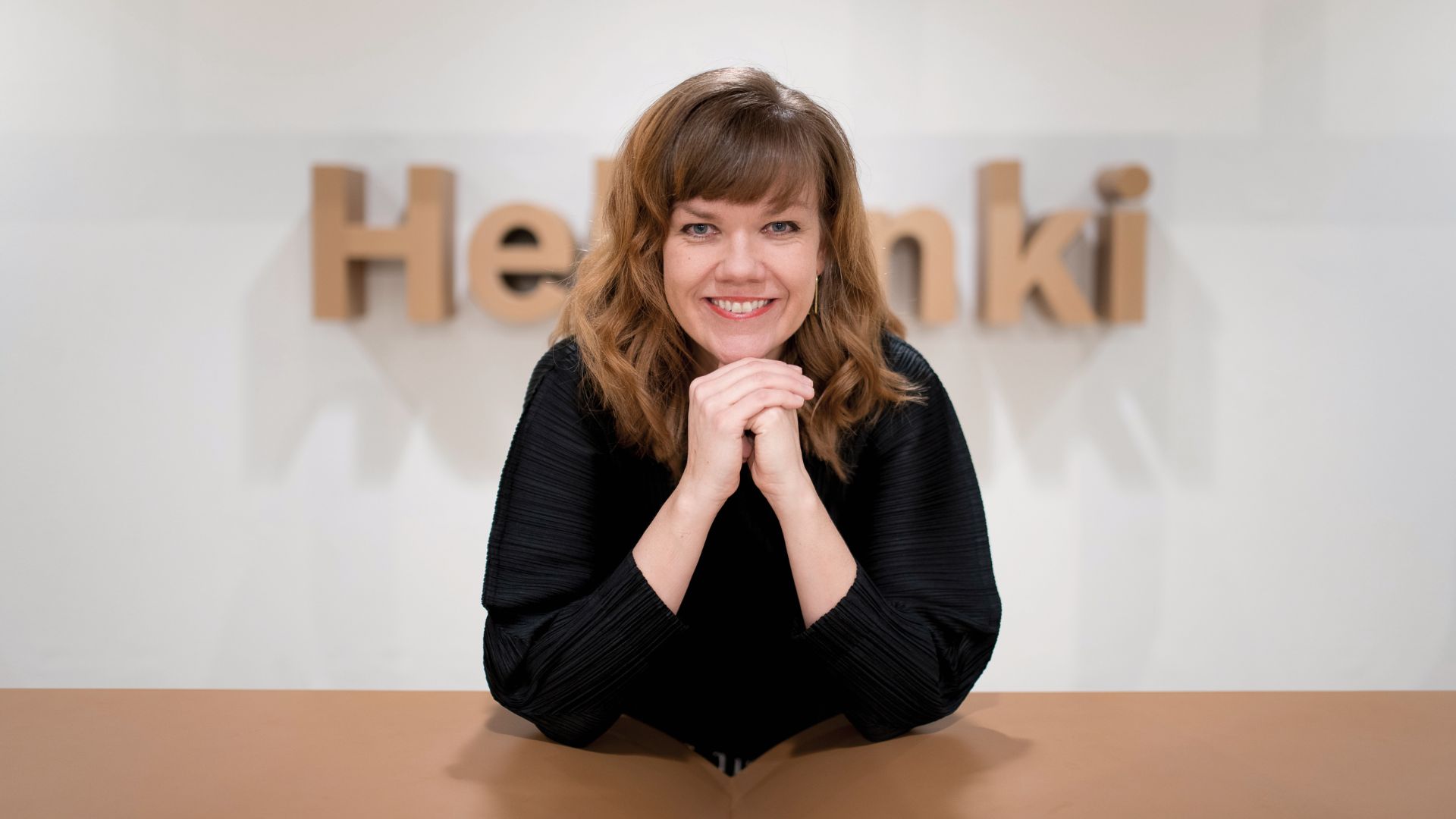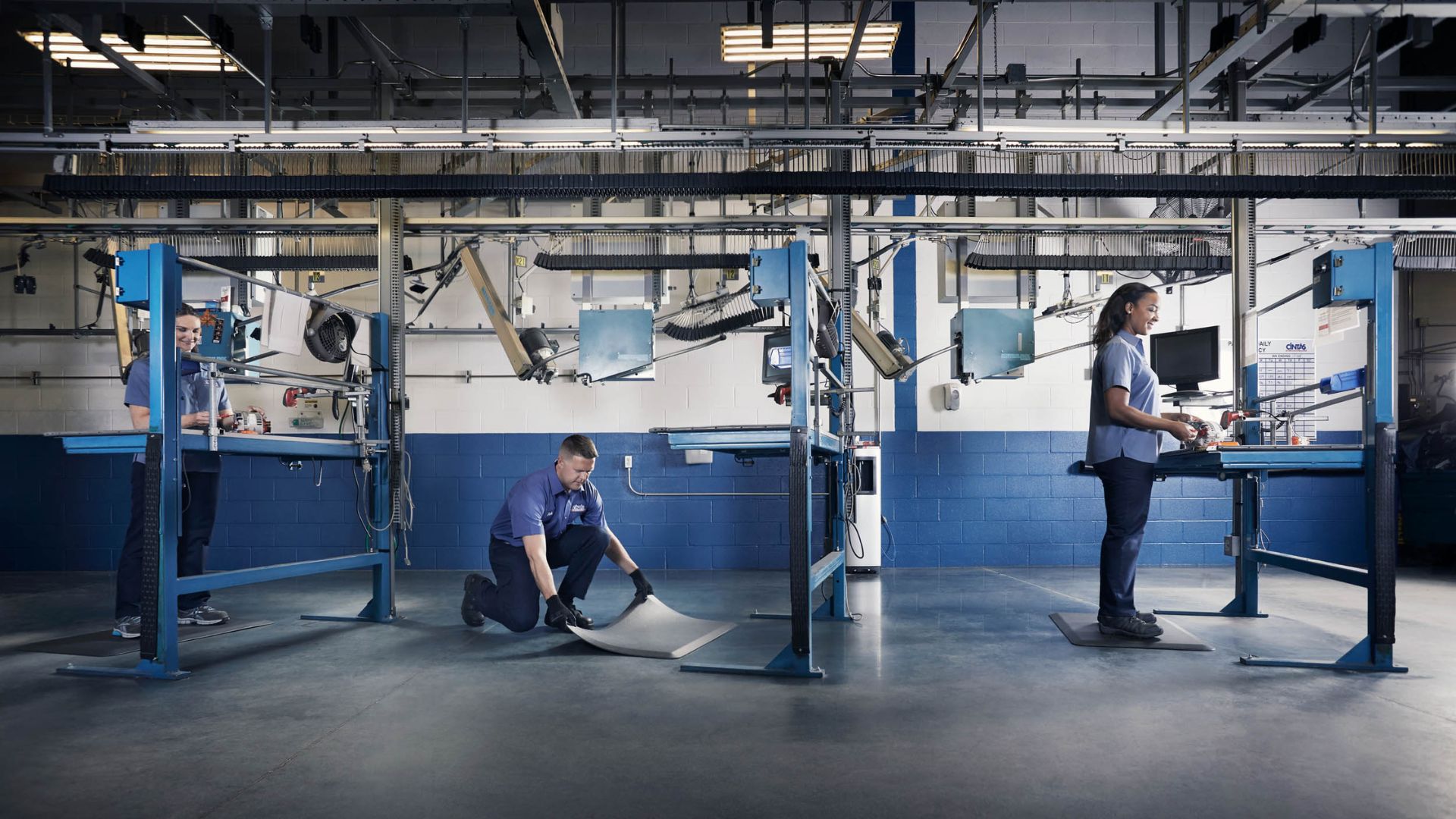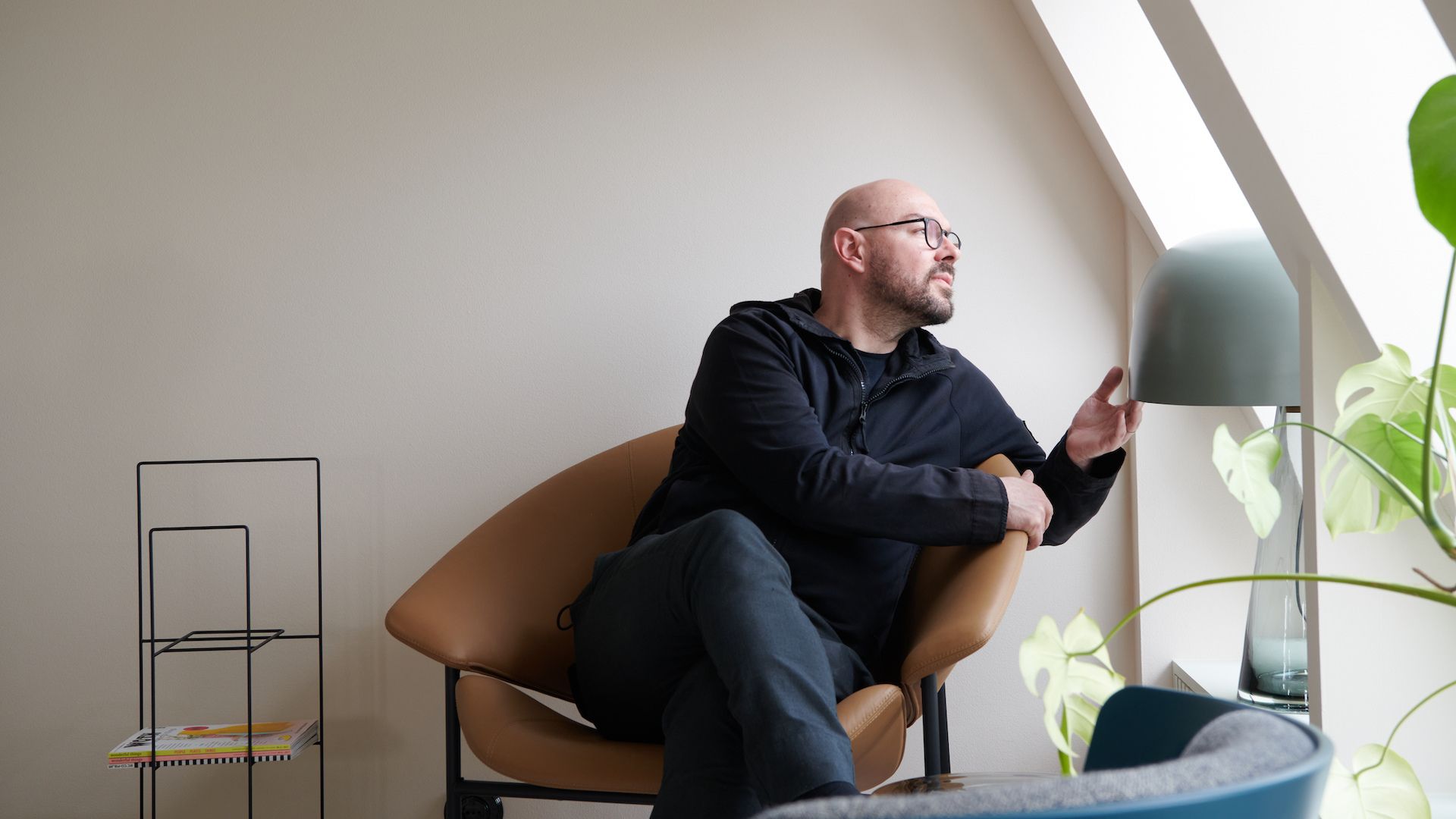What buyers and curators look for in design collectibles
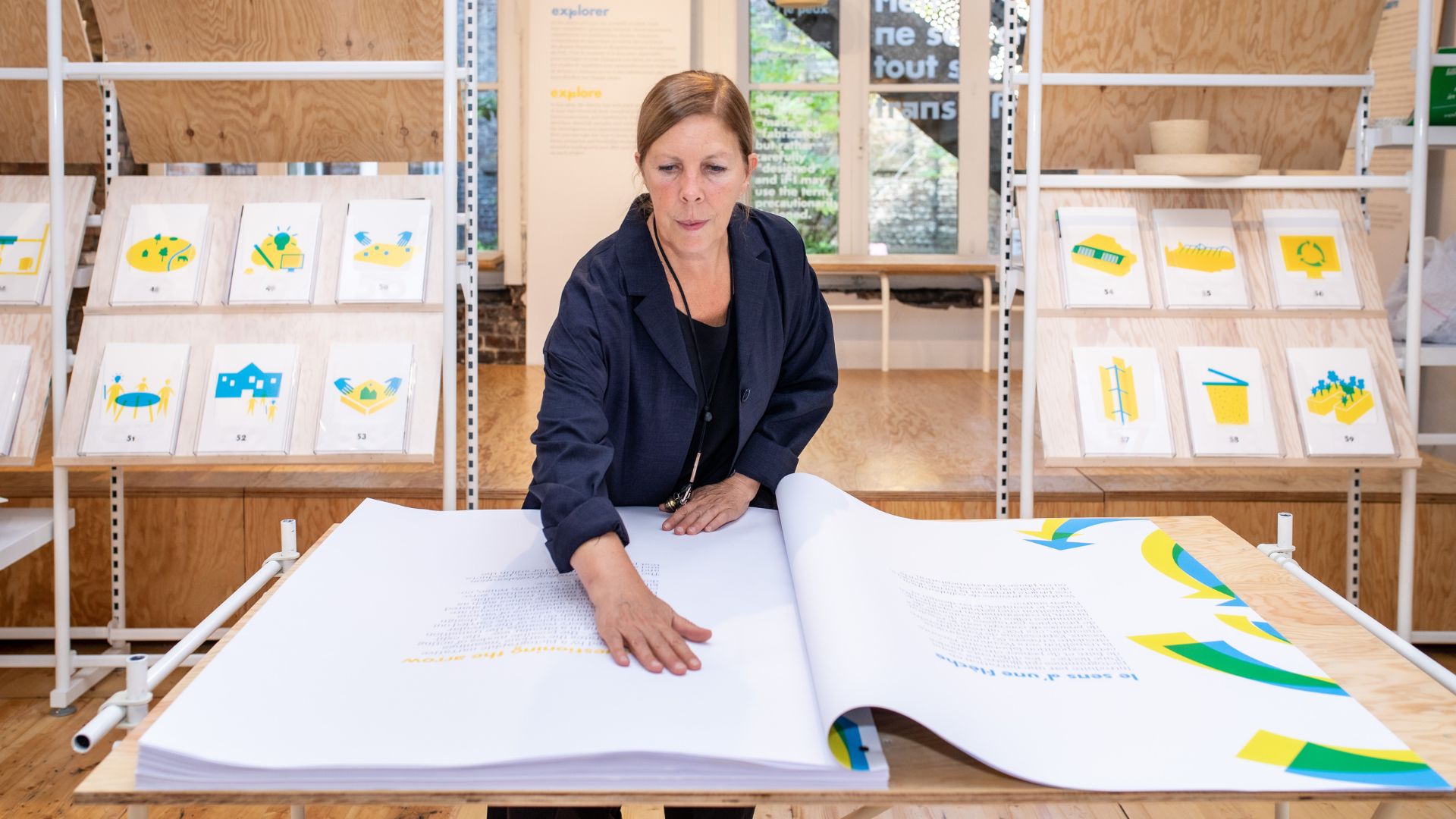
Collectible design rocks. Galleries, museums and events have a crowded schedule and self-production is one of the best ways to show off young designers’ work and research. The market thrives on it: a unique, well-selected, can be a very good investment, for both collectors and gallerists.
This is a world in which curators have a lot to say. They scout the talents, gauge their research, help them position their work towards galleries and buyers.
What do curators look for in design collectibles? How do they figure out the potential, when it’s still nurturing?
We asked Giovanna Massoni, design curator and critic, in charge of talent scouting for the next Lake Como Design Festival.
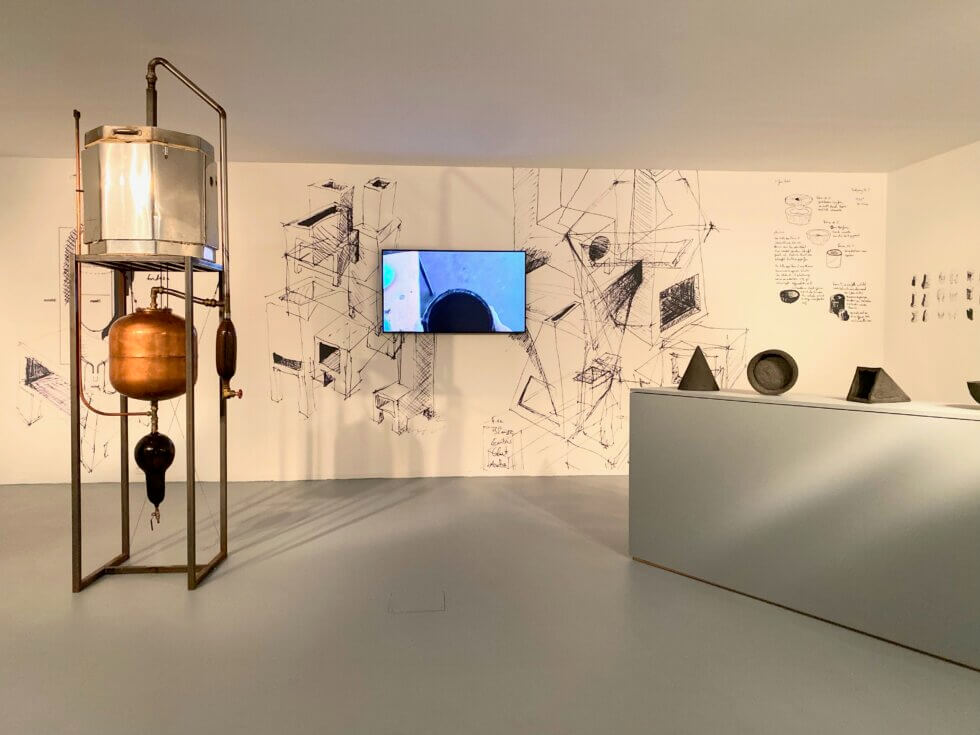
What is a design collectible?
Giovanna Massoni:
“A design collectible is an artifact representing one decisive step of a research.
As a curator, when I evaluate a design collectible, I look at three key factors:
- is the research that originated it (ie: is it saying something new)
- the scalability of the project (ie: how universal its message is)
- its capacity to communicate (ie: is the core of the research clear through looking at the artifact)
How do you evaluate the value of a design research?
Giovanna Massoni:
“Design work is not a private fact. It deals with collectivity, people and the industry..
The most interesting and promising area of experimentation at this moment is sustainability,
which means new materials, reuse, protection of resources and durability.
Any collectible born from these themes is interesting if it is scalable, otherwise we call it art”.
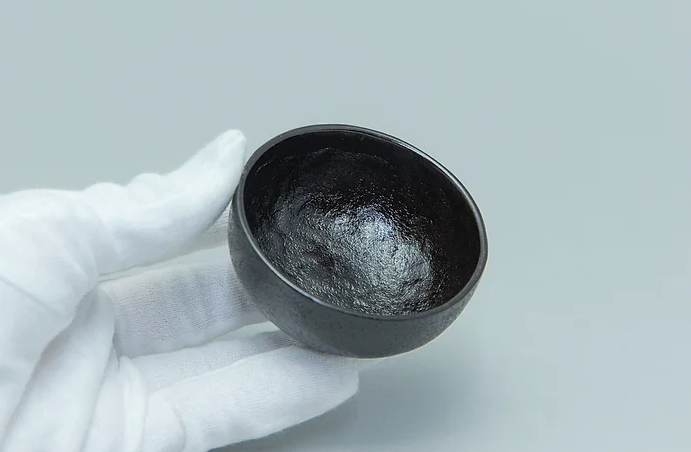
Communication is a key factor. Can you explain?
Giovanna Massoni:
“Communication is key because it brings the viewer close to the heart of a collectible which is the research that it originated from.
And the tool for this communication is beauty.
Beauty is a powerful tool to explain a complex process. Designers’ talent must also be gauged on their capacity to illustrate their thinking in a clear, understandable and aesthetically pleasing way.
Formafantasma became important to the design industry because of their competencies in communicating their research, although a complex and uncomfortable one.
In defining what makes an interesting design collectible, the initial intention is very important.
Are we looking for a nice artifact or for new ways to deal with consumption and industry? This is the limit, the border that defines interesting collectibles”.
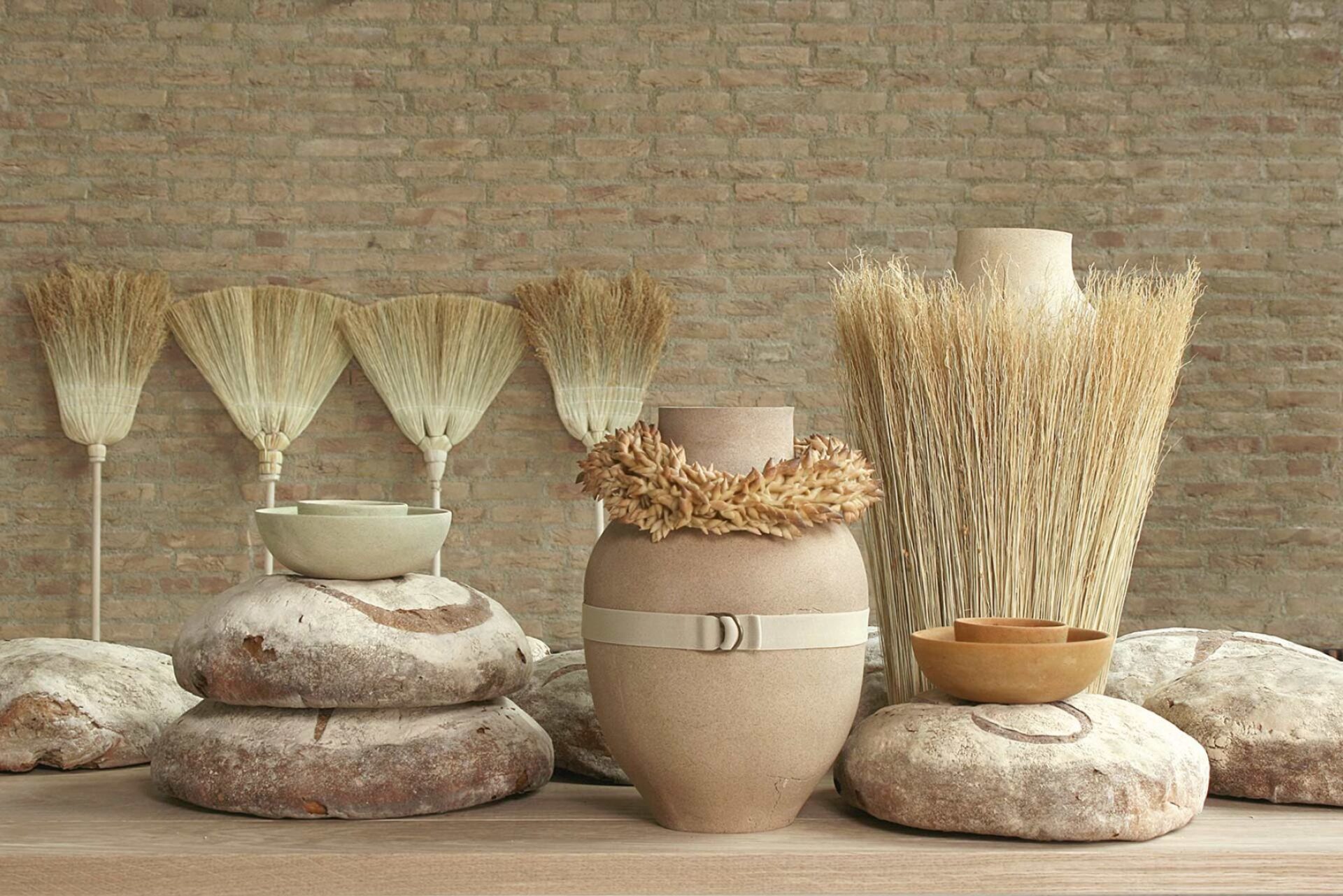
What’s the role of social media in the collectibles market?
Giovanna Massoni:
“Selling unique pieces is a very good way to earn the money you need to survive. The commercial relation sometimes is not even mediated by galleries or curators: Instagram does it all.
Buyers may indeed to to social media to scout for collectibles but, in order to grasp actual value, they should be able to figure out
if the designer is trying to sustain and communicate a scalable research or just making an aesthetically impacting operation?
Thus Instagram can a big trap, from this point of view.
But quality and content are easily recognized even through a few words and the formal quality of the piece. It is a subtle line, but it is very evident to those who are in the know”.
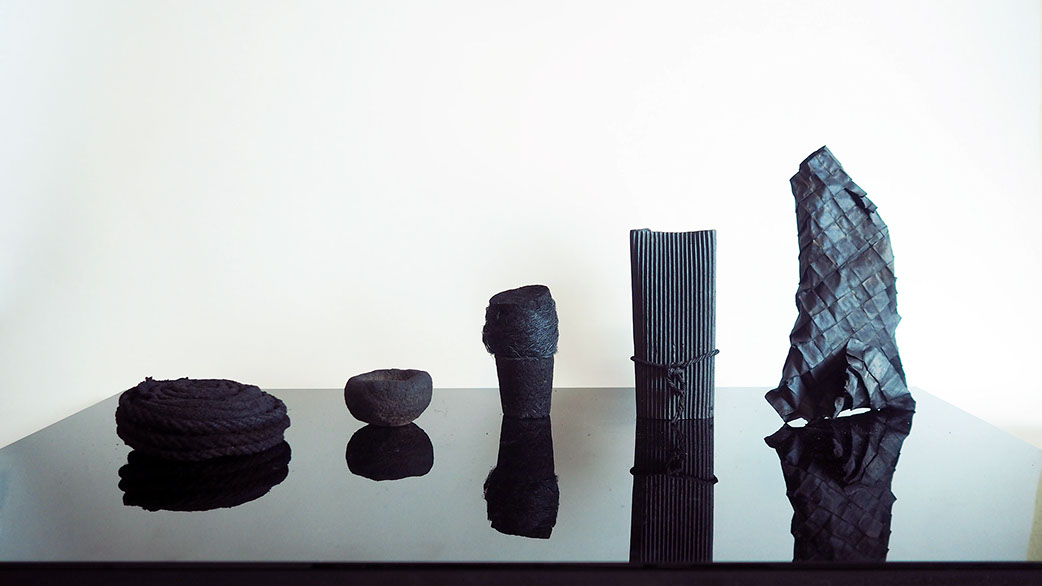
Who is the typical design collector?
Giovanna Massoni:
“People interested in affordable cultural artifacts. The design market seldom collides with the art one. But things are evolving very fast: I sense a hybridization occurring. There is of course a design collector circuit, but there is also a trend toward decoration”.
Do you mean design collectibles are sought after as interior decoration pieces?
Giovanna Massoni:
“Increasingly so, and that’s not good news for those who, like myself, believe that design collectibles should be a representation of a well thought out, meaningful research process.
But it is happening. There are, for instance,
brands issuing special limited editions that are priced like collectibles.
I think that it creates a sort of ambiguity and I am not sure that it is in favor of a design culture based on experimentation that we should nurture.
We have fought to determine that design is not only style or form. Yet I can often see pieces being very successful just because they are aesthetically seductive or made by a famous designer”.
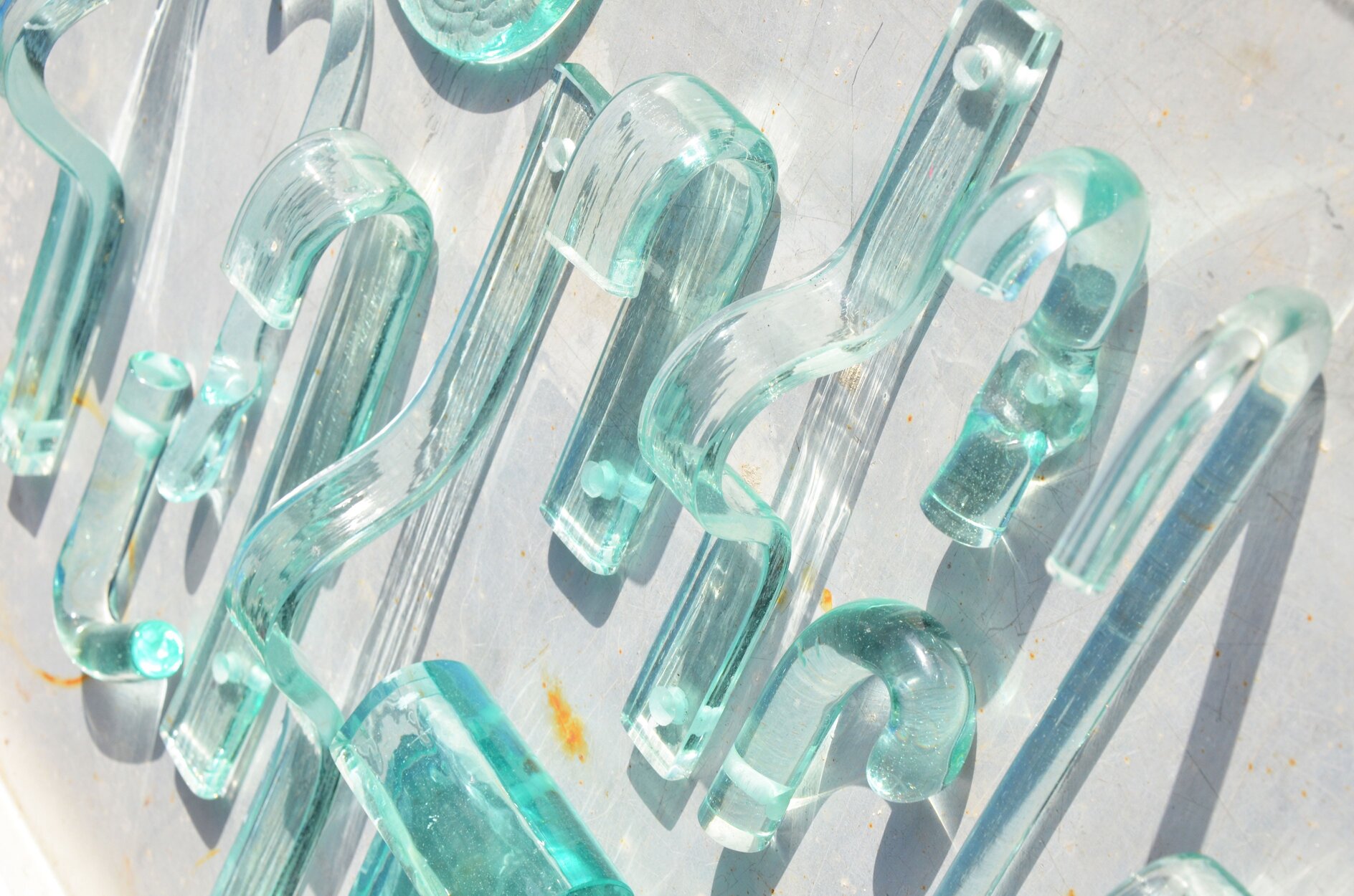
Who makes the prices of collectibles?
Giovanna Massoni:
“Not designers, unfortunately. Galleries set the prices to earn their royalties and sometimes they do it in unreasonable ways, riding the wave of celebrity. It is an extreme dynamic that occurs also in the luxury industry and that doesn’t bring any interesting content to the design culture.
Luckily many designers find their way through this process and get to attract the interest of brands able to bring scalability to their research”.
Where does the most interesting design research occurs today?
Giovanna Massoni:
“The world of design collectibles and galleries should, indeed, be the creed for experimentation, one of the places in which it is economically sustained.
Yet, in my opinion
research and collectibles pieces aren’t always the same thing.
Many designers also experiment with brands or within schools, and I have the feeling that what happens in these worlds is often more influential and cutting edge (just think of Studio Plastique and Formafantasma who always moved within these worlds mainly).
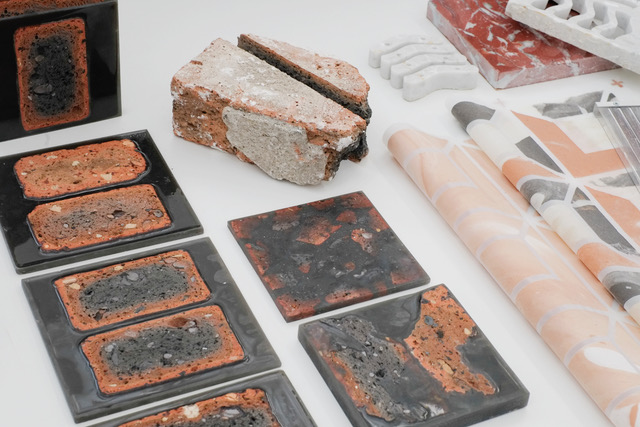
What is the difference between an artist and a designer?
Giovanna Massoni:
“I let go of this question years ago. I don’t think there is a precise perimeter.
I am an idealist thinking that a designer is an artist that puts his or her talent to the service of common people. Art is a niche, design should be for everybody: affordable, comprehensible, useful and democratic.
But there is more:
aesthetics is a very important element of design. It must be there, in any object and in any product.
Moreover I was educated with the idea that a designer sometimes becomes an artist thanks to his or her manual and artistic competences. But this should happen outside the industry, as a personal experimentation. When the borders are not well defined, when somebody names himself an artist/designer, I have the doubt that he doesn’t know how to deal with industry”.





